Description
New York Times Bestseller Stop—and even reverse!—age-related weight gain and muscle loss with the first-ever weight-loss plan specifically designed to shrink your belly, extend your life, and create your healthiest self at mid-life and beyond. You don’t have to gain weight as you age. That’s the simple yet revolutionary promise of The Whole Body Reset , which uncovers why standard diet and exercise advice stops working for us as we approach midlife—and reveals how simple changes to the way we eat can halt, and even reverse, age-related weight gain and muscle loss. The Whole Body Reset presents stunning new evidence about the power of “protein timing” for people at midlife—research that blows away current government guidelines, refutes the myth of slowing metabolisms and “inevitable” weight gain, and changes the way people in their mid-forties and older should think about food. The Whole Body Reset explains in simple, inspiring terms exactly how our bodies change with age, and how eating to accommodate those changes can make us respond to exercise as if we were twenty to thirty years younger. Developed by AARP, tested by a panel of more than 100 AARP employees, and approved by an international board of doctors, nutritionists, and fitness experts, The Whole Body Reset doesn’t use diet phases, eating windows, calorie restriction, or other trendy gimmicks. Its six simple secrets and scores of recipes are easy to follow, designed for real people living in the real world. A dining guide even shows how to follow this program in popular restaurants from McDonald’s to Starbucks to Olive Garden. And best of all: It works!

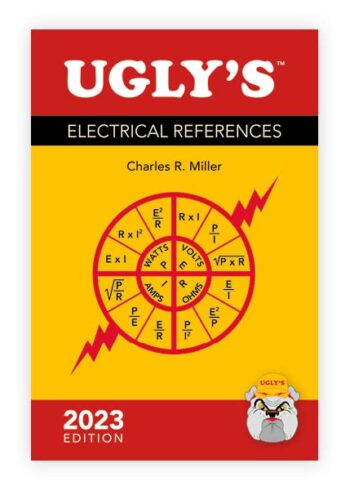
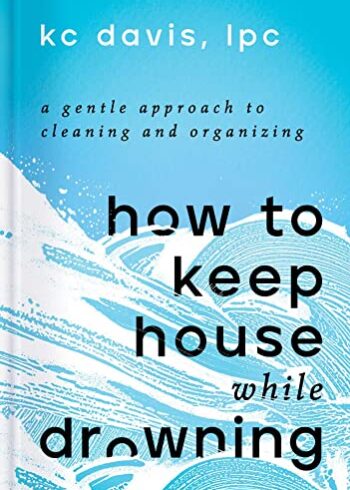

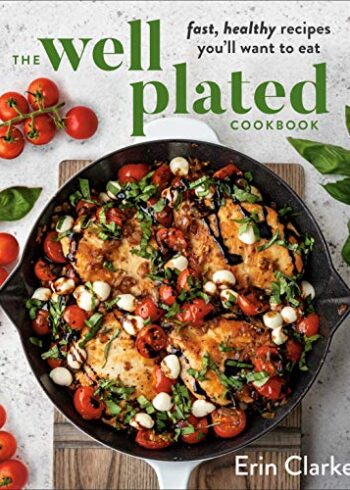
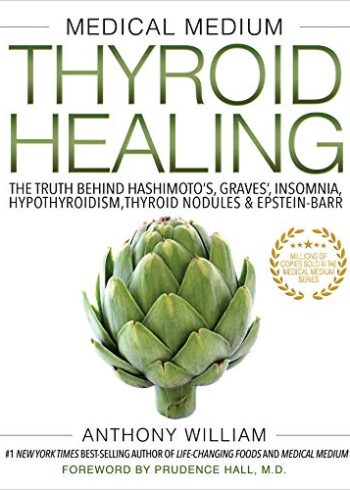


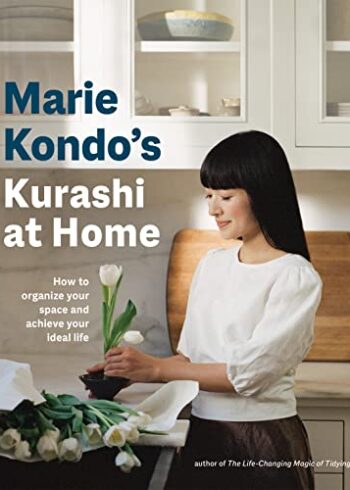

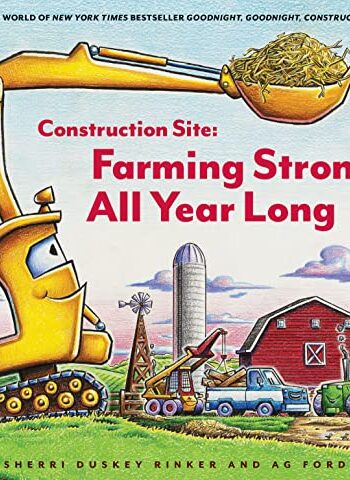
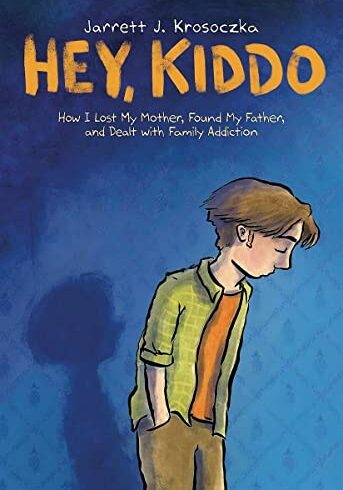
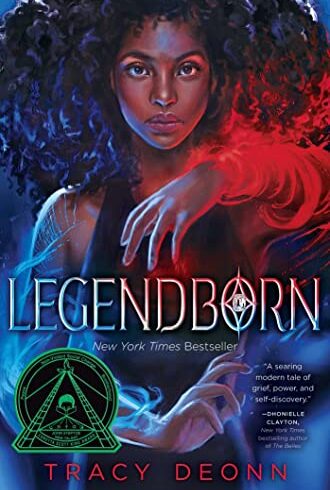

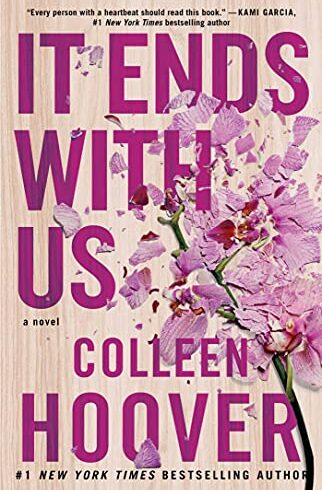


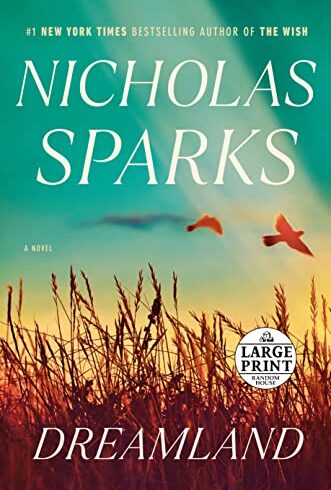
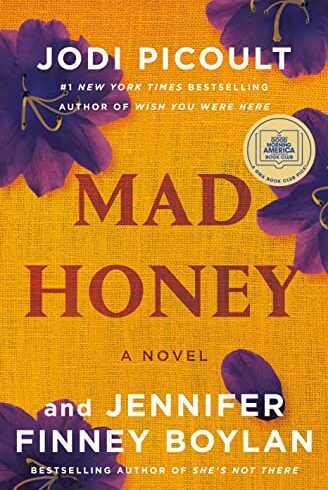
Library girl –
After reading the article in AARP about this approach to senior nutrition, I bought the book. It’s a mixed bag., The good: Some useful, sound nutritional advice that you can act on immediately, without a lot of prep or outlay on expensive extras. Good examples on how to stick to guidelines while eating out. No fat-shaming. Explodes some lingering diet myths like the low-fat craze. Some of the exercises are good and well-described. Many of the recipes are good combinations of fresh, healthy food, though some were way too fiddly (I’m looking at you, Farro Chicken with Bok Choy). Adding protein as the book suggests, especially at breakfast, has indeed increased my energy levels significantly, so that’s probably worth the price of the book., The less-good: Like an earlier reviewer, I found the book poorly organized and puzzling in places. The section on “The Whole Body High Intensity Interval Workout” covers five pages, two of which are devoted to a kind of sidebar with ideas on how to motivate yourself to actually do the workouts, one page to the benefits of HIIT, and a poorly-designed chart showing “workouts,” except they don’t actually say what to do. There’s virtually no useful information for someone who might not already be familiar with HIIT., The food suggestions do seem to be aimed at people who are already Mediterranean diet converts (kale and sardine panzanella? No, you first) and might not be as appealing to readers new to this type of diet., There are way too many instances of “studies suggest,” or saying things like “…dark chocolate can play a role in keeping blood pressure in check” (though the study they cite is pretty vague about that), “according to a review of studies around the world” (not cited) and other kinds of dubious evidence for their claims. Given that at least one of the authors has a sound background in these fields, I’d have expected better supporting data., The book overall has that slightly-hectoring, sales pitch tone of every diet book ever published, and at least a third of the book seems to be trying to convince you that what they’re saying is true., The essential takeaways for me were to boost protein at every meal, increase fiber ditto, eat brightly-colored fruits and vegetables and exercise regularly. These are good messages, though none of it is new., I’m not sorry I bought it. It just could have been a better book.
Runriverrun –
The information about protein and fiber and how to get the suggested amount into each meal is not in one place. And the recipes have weird cutesy names some with odd ingredients., They tout that you don’t have to count calories – while that is true, you DO have to count how many grams of protein and how many grams of fiber are in each food, so it’s twice as hard to calculate these two factors as it is to keep track of calories. They should tell the reader just how we are supposed to calculate how to get 25 grams of protein and 5 grams of fiber in every meal. I went on line and had to look up each food, it’s weight and then figure out how much protein and fiber in that weight or amount of food. Calories are much easier to count because most foods have a suggested serving, but in this plan, you just have to eat as much as it’s going to take to satisfy the protein and fiber requirements. So you have to weigh the food item, find out how many grams of protein and fiber per ounce or per serving, then multiply that by how much you are eating., One other critique for the authors – avocado is a food mentioned quite a bit as a powerhouse of fiber and other good things but it’s not listed in the tables to tell you the protein and fiber content. And if you look it up in the index, no mention made of avocado! Fix that., And here’s another big error. They emphasize eating 5 grams of fiber per meal, and 7 grams in a snack – 22 grams of fiber per day. But then they admonish the average American for only getting 15 grams of fiber per day which is only half of what they say we need which would be 30 grams per day. I spoke to a nutritionist, and she said 30 grams of fiber a day, but this book says 5 grams per meal which would only be 15 grams per day. but later in the book they say you should eat 25-30 grams of fiber per day. So this does not properly add up folks., They should re-write this book so that all the background information and documentation is in the first part, then the suggested steps and specific info into a well-organized appendix or one chapter so you don’t have to keep flipping back and forth from one part of the book to the next to figure it out.
G. Garrick –
When you get older, your body works differently. You have to adjust for that in how you eat. I lost 40 pounds in 7 months, starting at 215 going to 175, thanks to the principles in this book. They are sound, they make perfect sense, and there is nothing weird like living off cabbage soup. You can eat burgers, bacon and eggs, etc. The key is how much protein, fiber, and carbs you have in your mix, and how many total calories you average per day. So you do have to eat mostly “healthy” things like fish, chicken, veggies, fruits, etc. But it is quite manageable while maintaining a pretty normal diet including eating out. It’s all about the numbers, so you MUST keep detail daily track of what you are eating. IF YOU HIT THE NUMBERS, IT WILL WORK. You only have to read the first half to understand the concepts. The rest of the book is various recipes and additional information that is not really needed. But I credit these principles with my weight loss, as well as keeping it off. Note that exercise is helpful, but if you look at the math, it’s mostly about what you eat and how much you eat.
J. Christopher Shumans –
This is an interesting take on diet and exercise. It makes sense and should work for most everyone. I would recommend this for anyone who is frustrated with not being able to lose weight. The thoughtful discussion of strategies on weight loss really make sense.
Kindle Customer –
Good information for us seniors!